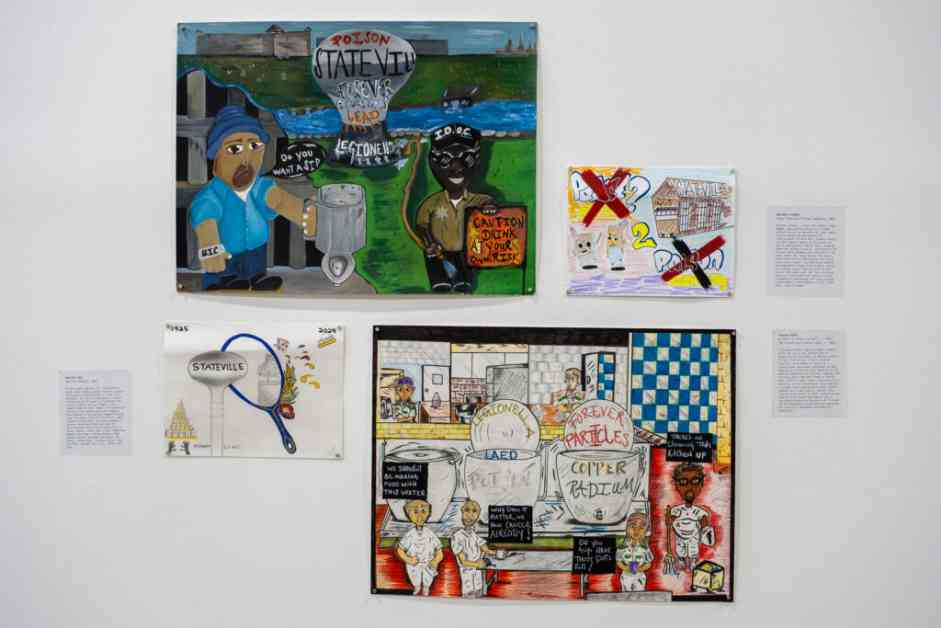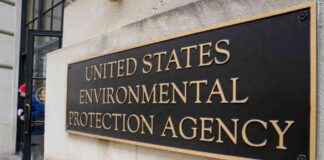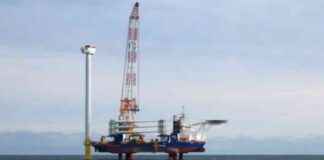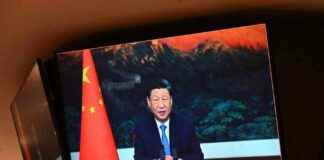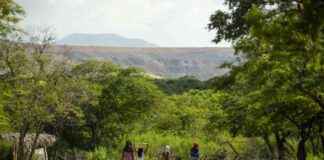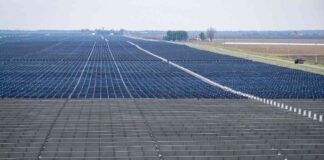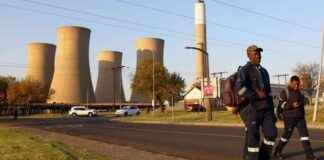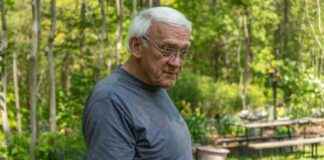A scorching heat wave hit the Stateville Correctional Center in Illinois last June, leaving inmates, including Darrell Fair, sweltering in their cells. The lack of air conditioning and the sealed windows made the situation unbearable. Tragically, Michael Broadway, a cancer survivor, succumbed to bronchial asthma that day due to the extreme heat and cardiovascular disease. Fair, now at Illinois River Correctional Center, lamented the preventable death of his friend Michael and criticized the prison’s failure to address the dire conditions.
Fair honored Broadway’s memory in an artwork titled “Optical Illusion” displayed at the Walls Turned Sideways exhibition in Chicago. The exhibit, called We Will Have Our Spring, shed light on the connection between environmental injustices, like climate change and pollution, and the U.S. prison system. Fair’s piece depicted a contaminated water tower at Stateville, a graveyard of deceased inmates, and a mirror reflecting a bottle of “natural spring water,” symbolizing the stark contrast between reality and illusion within the prison system.
As the exhibition delved into the environmental hazards in prisons, it also highlighted the pervasive issue of toxic water in Illinois facilities. Fair questioned the lack of proactive measures by the Illinois Department of Corrections (IDOC) to address the contaminated water at Stateville, emphasizing the disregard for the well-being of incarcerated individuals. The petition filed by advocates to the U.S. Environmental Protection Agency underscored the systemic failures in providing safe water in prisons across Illinois, disproportionately affecting Black and minority populations.
The closure of the Stateville facility this year marked a small victory, but the broader issue of environmental hazards in prisons persisted. The ongoing neglect of infrastructure maintenance and environmental concerns in Illinois prisons posed serious health risks to inmates, as echoed by Alan Mills from Uptown People’s Law Center. The urgent need for accountability and reform in the prison system to address the environmental injustices and safeguard the well-being of incarcerated individuals was a central theme of the exhibition.
In a series of paintings envisioning a world without prisons, artist Luis Trevino captured the essence of freedom amidst captivity, reflecting on the disconnect between physical incarceration and mental liberation. Walls Turned Sideways, aligned with the prison abolition movement, advocated for a shift towards community-based solutions and investments in holistic care for individuals, emphasizing the importance of reimagining justice beyond punitive measures.
The intersection of climate change and the prison system highlighted the vulnerabilities faced by incarcerated populations in the face of environmental crises. The lack of adequate healthcare, safety protocols, and awareness of climate hazards in prisons posed significant challenges for inmates, as revealed by a survey conducted by UCLA. The exploitation of incarcerated laborers in emergency response efforts further underscored the detrimental impact of climate change on vulnerable populations within the prison system.
As the exhibition concluded, the call for environmental justice and prison reform reverberated through the artworks and narratives shared by artists and advocates. The vision of a world without prisons, where healing and community support prevail, offered a glimpse of hope amidst the harsh realities of incarceration. The ongoing fight for accountability, equity, and dignity for incarcerated individuals underscored the urgent need for systemic change in the criminal justice system.
Donations from readers like you fund every aspect of what we do. If you don’t already, will you support our ongoing work, our reporting on the biggest crisis facing our planet, and help us reach even more readers in more places? Your contribution makes a real difference in our ability to provide critical climate coverage and hold polluters accountable. Thank you for supporting independent journalism and the fight for a sustainable future.

